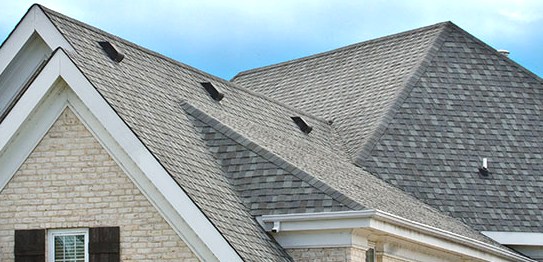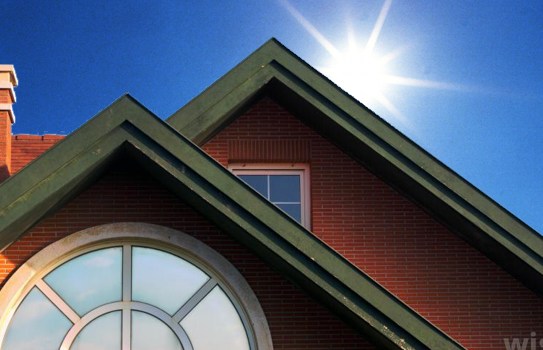
One of the most obvious ways condensation can destroy your roof is by wrinkling the underlayment felt, a frighteningly swift process that can occur in a single night with the right conditions and is not the fault of any contractor. Wrinkled felt transforms a shingle roof into an eyesore - and the really bad news is, it's often irreparable. Felt can easily wrinkle to the extent that the entire roof has to be replaced.

On a typical 90 degree day, the surface of a standard roof can easily reach almost twice that temperature. Most of that heat is transmitted directly into the attic space through convection, bringing the temperature inside the attic to about 165 degrees. This hot air is going to look for a way out. It will first attempt to go up, but if it finds no openings in the roof deck, it will take the next available option - down, into the house, where it is cooled by the air conditioning system.
You may never notice a "blast of hot air" from the attic, but you will likely notice the utility bill at the end of the month, which may reflect an air conditioning system running much more than necessary. Adequate ventilation in the roof, even in the form of just a few inexpensive vents, can save you hundreds of dollars in cooling costs over a summer.
CertainTeed's Filtered Rolled Ridge Vent's unique weather filter acts as a secondary level of defense.
These Certainteed static roof vents are an excellent performer against weather infiltration
For metal shingle, slate or mechanically-fastened tile roof, this is Certainteed's best underlayment.
Copyright ©All rights reserved | Design by Hampton Productions, LLC